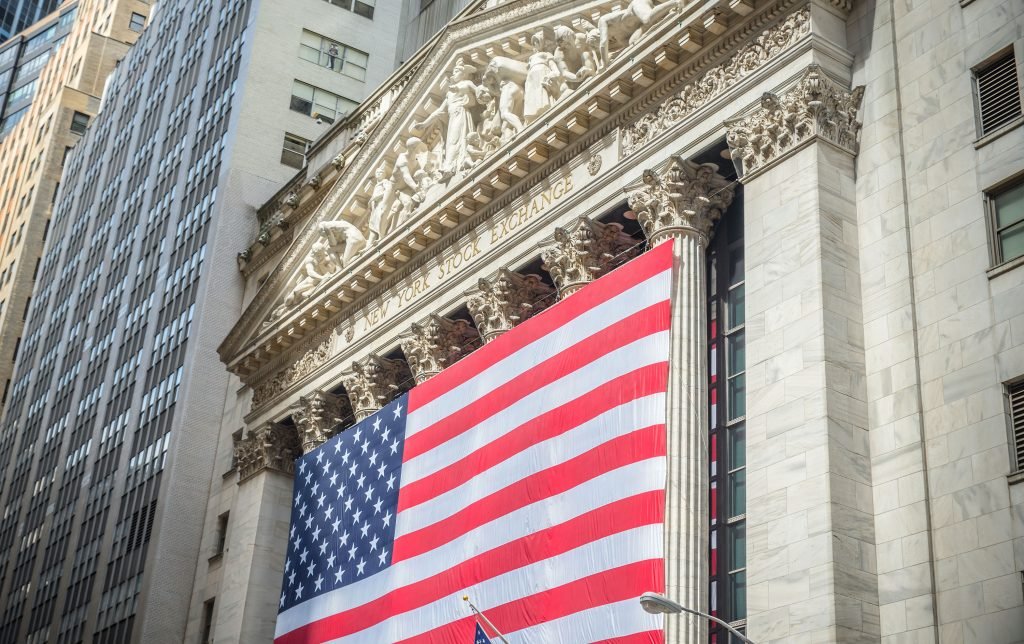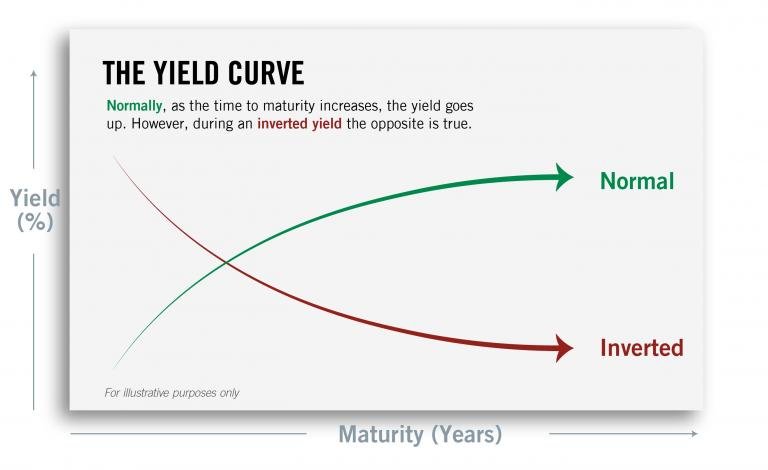-
Research
-
Latest Research
-
Latest VideosFSI Pro FSI Macro FSI Crypto
- Tom Lee, CFA AC
-
First WordFSI Pro FSI Macro
-
Intraday WordFSI Pro FSI Macro
-
Macro Minute VideoFSI Pro FSI Macro
-
OutlooksFSI Pro FSI Macro
- Mark L. Newton, CMT AC
-
Daily Technical StrategyFSI Pro FSI Macro
-
Live Technical Stock AnalysisFSI Pro FSI Macro
-
OutlooksFSI Pro FSI Macro
- L . Thomas Block
-
US PolicyFSI Pro FSI Macro
- Market Intelligence
-
Your Weekly RoadmapFSI Pro FSI Macro FSI Weekly
-
First to MarketFSI Pro FSI Macro
-
Signal From Noise
-
Earnings DailyFSI Pro FSI Macro FSI Weekly
-
Fed WatchFSI Pro FSI Macro
- Crypto Research
-
StrategyFSI Pro FSI Crypto
-
CommentsFSI Pro FSI Crypto
-
Funding FridaysFSI Pro FSI Crypto
-
Liquid VenturesFSI Pro FSI Crypto
-
Deep ResearchFSI Pro FSI Crypto
-
-
Webinars & More
- Webinars
-
Latest WebinarsFSI Pro FSI Macro FSI Crypto
-
Market OutlookFSI Pro FSI Macro FSI Crypto
-
Granny ShotsFSI Pro FSI Macro FSI Crypto
-
Technical StrategyFSI Pro FSI Macro FSI Crypto
-
CryptoFSI Pro FSI Macro FSI Crypto
-
Special GuestFSI Pro FSI Macro FSI Crypto
- Media Appearances
-
Latest Appearances
-
Tom Lee, CFA AC
-
Mark L. Newton, CMT AC
-
Sean Farrell AC
-
L . Thomas Block
-
⚡FlashInsights
-
Stock Lists
-
Latest Stock Lists
- Super and Sleeper Grannies
-
Stock ListFSI Pro FSI Macro
-
CommentaryFSI Pro FSI Macro
-
HistoricalFSI Pro FSI Macro
- SMID Granny Shots
-
Stock ListFSI Pro FSI Macro
-
PerformanceFSI Pro FSI Macro
-
CommentaryFSI Pro FSI Macro
-
HistoricalFSI Pro FSI Macro
- Upticks
-
IntroFSI Pro FSI Macro
-
Stock ListFSI Pro FSI Macro
-
PerformanceFSI Pro FSI Macro
-
CommentaryFSI Pro FSI Macro
-
FAQFSI Pro FSI Macro
- Sector Allocation
-
IntroFSI Pro FSI Macro
-
Current OutlookFSI Pro FSI Macro
-
Prior OutlooksFSI Pro FSI Macro
-
PerformanceFSI Pro FSI Macro
-
SectorFSI Pro FSI Macro
-
ToolsFSI Pro FSI Macro
-
FAQFSI Pro FSI Macro
-
-
Crypto Picks
-
Latest Crypto Picks
- Crypto Core Strategy
-
IntroFSI Pro FSI Crypto
-
StrategyFSI Pro FSI Crypto
-
PerformanceFSI Pro FSI Crypto
-
ReportsFSI Pro FSI Crypto
-
Historical ChangesFSI Pro FSI Crypto
-
ToolsFSI Pro FSI Crypto
- Crypto Liquid Ventures
-
IntroFSI Pro FSI Crypto
-
StrategyFSI Pro FSI Crypto
-
PerformanceFSI Pro FSI Crypto
-
ReportsFSI Pro FSI Crypto
-
-
Tools
-
FSI Community
-
FSI Snapshot
-
Market Insights
-
FSI Academy
-
Book Recommedations
- Community Activities
-
Intro
-
Community Questions
-
Community Contests
-
Part 3
Federal Reserve: Organizational Structure
As the central bank of the United States, the Federal Reserve has multiple responsibilities that fall under its dual mandate of price stability and maximum sustainable employment. Its structure was established to help the bank meet those objectives.
The U.S. government has three branches in an effort to give a more diverse array of views and perspectives to be heard. For the same reason, the Federal Reserve also has three branches.
Regional Fed Banks
Twelve regional Federal Reserve banks form the foundation of the Federal Reserve. The 12 banks are located in cities across the country, helping to ensure that Fed policymakers at the national level can consider the economic and banking-related issues unique to each economic region of the country when making decisions and taking action.
Each of the banks helps to implement overall Federal Reserve policy: carrying out open-market transactions, facilitating monetary transfers, making short-term loans to banks, and playing regulatory role for banks in their respective regions. They also conduct economic data collection and research – both specific to their own region and on a wider scale. As an example, several banks present regular reports about manufacturing activity in their regions, and the Atlanta Fed publishes a periodic Wage Tracker survey.
Each of the regional Federal Reserve banks has its own leadership. This includes six directors elected by member commercial banks within the district in question – three directors representing the interests of the banks themselves, and three more tasked with representing the public’s interest. The Fed’s Board of Governors (see below) names three additional directors to oversee each regional bank. One major responsibility of each regional board is the selection of the bank’s President.
The 12 regional Federal Reserve banks are located in:
- Boston
- New York
- Philadelphia
- Cleveland
- Richmond
- Atlanta
- Chicago
- St. Louis
- Minneapolis
- Kansas City
- Dallas
- San Francisco
Board of Governors and the FOMC
The overall Federal Reserve is led by its seven-member Board of Governors, which includes a Chair, a Vice-Chair, and five board members. The Chair and Vice Chair are each nominated by the President for four-year terms, and each must be confirmed by the Senate before assuming their posts. (There is no limit on how many terms an individual can serve as Chair or Vice Chair.)
The other five members of the Board of Governors are also nominated by the President and confirmed by the Senate. They serve 14-year terms and cannot be re-appointed. (If a sitting governor vacates their seat before their term expires, another individual can be appointed to serve out the remainder of that term and then appointed to a full term of their own.)
As noted before, the Board of Governors is responsible for selecting three members of each regional Fed bank’s board. Governors are also expected to stay abreast of the latest U.S. economic research and statistics, and to make public appearances to help communicate Fed policy to reporters and the public.
Furthermore, each member of the Board of Governors also votes as a member of the 12-member Federal Open Market Committee. Joining these seven on the FOMC are five Presidents of regional Fed banks. The head of the New York Fed has a permanent seat on the FOMC, while the other four seats are occupied by heads of the other regional Fed banks, who rotate in for one-year terms.
As of 2024, the members of the FOMC are:
- Jerome H. Powell, Board of Governors, Chair
- Michael S. Barr, Board of Governors
- Michelle W. Bowman, Board of Governors
- Lisa D. Cook, Board of Governors
- Philip N. Jefferson, Board of Governors
- Adriana D. Kugler, Board of Governors
- Christopher J. Waller, Board of Governors
and
- John C. Williams, New York, Vice Chair
- Thomas I. Barkin, Richmond
- Raphael W. Bostic, Atlanta
- Mary C. Daly, San Francisco
- Loretta J. Mester, Cleveland
As FS Insight readers should know, the FOMC decides the Federal Reserve’s monetary policy. Most prominently, the FOMC determines the target (or target range) for the federal funds rate and, as its name implies, its intentions with regard to open-market trading of U.S. government securities.
We will discuss the tools that the Fed uses to guide and influence the U.S. and global economy in the next and final chapter.

Related Guides
-
 Series of 4~7 minutesLast updated4 months ago
Series of 4~7 minutesLast updated4 months agoWhy The Mysterious R-Star Should Be on Your Radar
Economists lose sleep over it. Central bankers get asked if we’re close to it. Most Americans don’t realize it, but their lives are quietly guided by it. The it here is the neutral rate of interest, also known as r-star or r*, which powers, penetrates, and binds all aspects of the economy.
-
 Series of 8~18 minutesLast updated3 years ago
Series of 8~18 minutesLast updated3 years agoHow To Pick Stocks?
Learn some stock-picking techniques to master your strategies.




